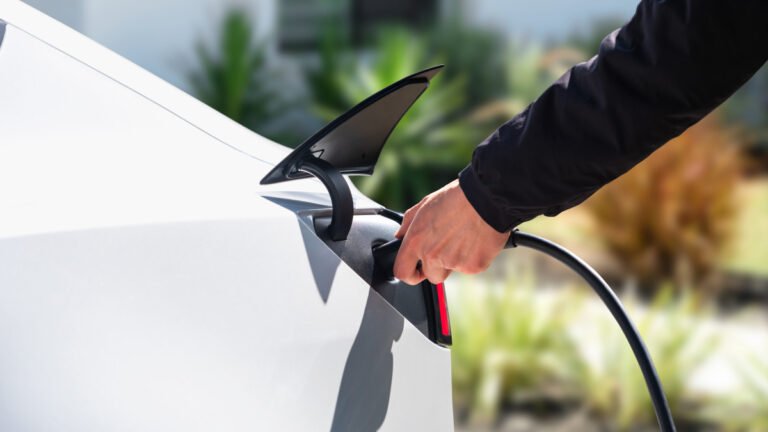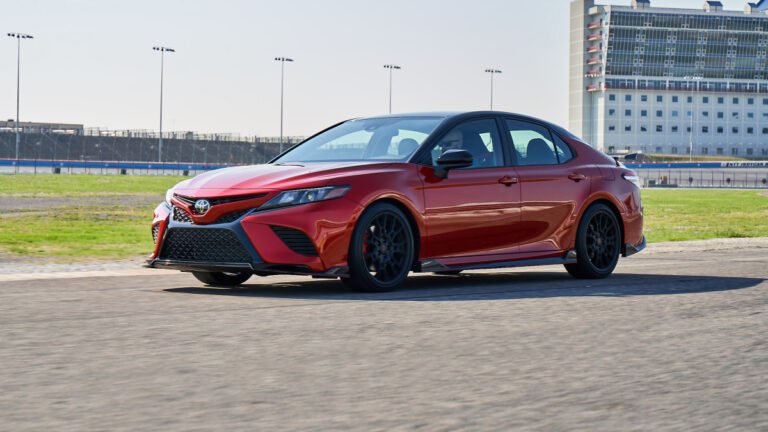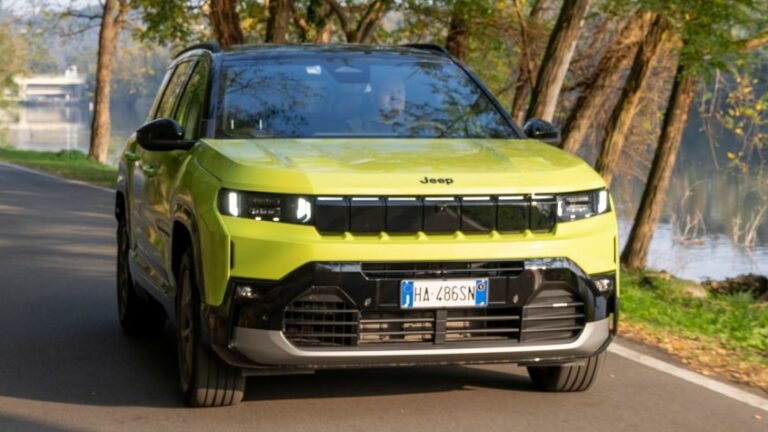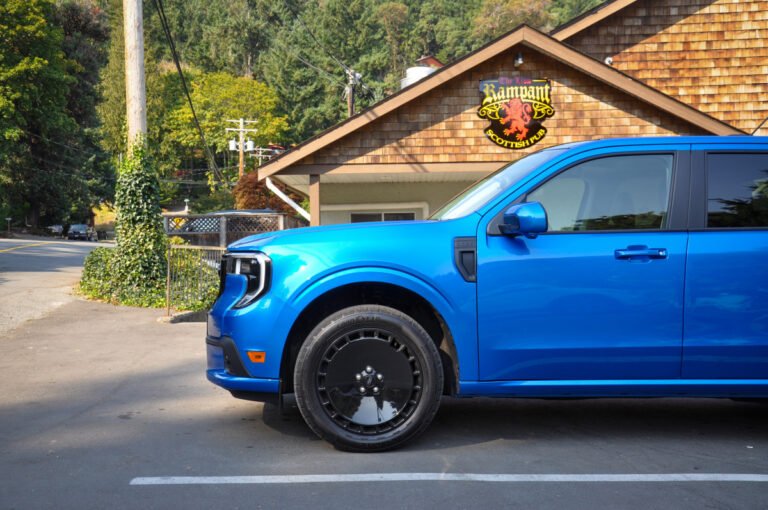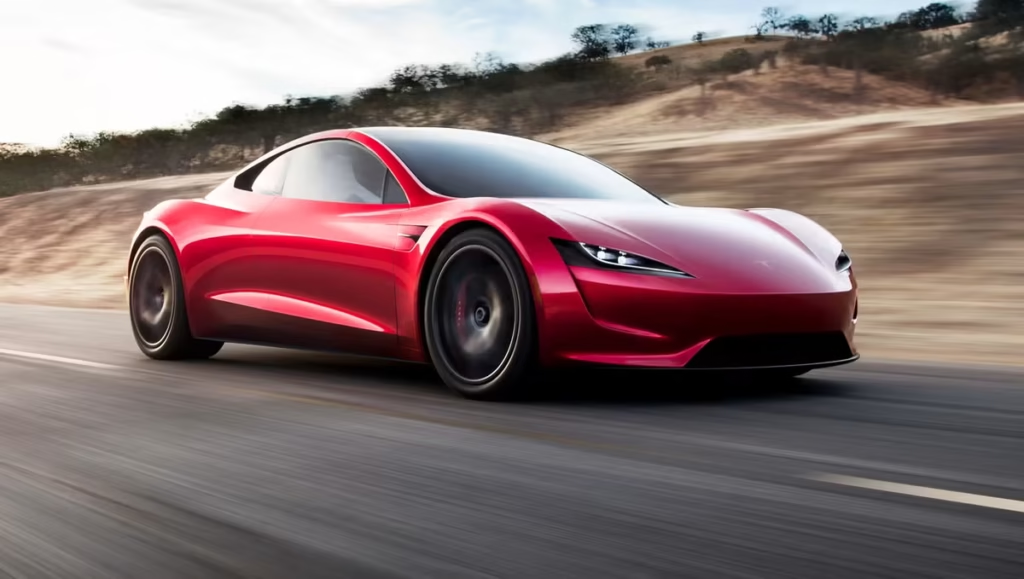
Real-World Driving Extends Battery Life—Not Shortens It
New peer-reviewed research led by Stanford and published in Nature Energy found that EV battery life improves when cells experience the power “pulses” you get in real traffic. Compared with the old lab routine of perfectly steady charge/discharge cycles, dynamic driving extended usable life by up to 38%. Translate that into the road and you’re looking at roughly 195,000 extra miles (about 300,000 km) before a pack hits its end-of-life threshold. That’s the kind of number that changes purchase math and peace of mind.
Pulses and Pauses Slow Chemical Degradation
Daily driving isn’t a metronome. You merge, coast, lift, brake, park, and repeat. Those short rests and shallow “micro-cycles” reduce stressors tied to battery degradation, including lithium plating and heat buildup. The study isolated the big movers: low-frequency current pulses and time-at-rest effects that, together, slow wear compared with constant loads. None of this green-lights abuse or heat soak, but it does puncture the myth that you must feather the throttle to protect the pack. Normal stop-and-go, with occasional hard acceleration, isn’t the villain many thought.
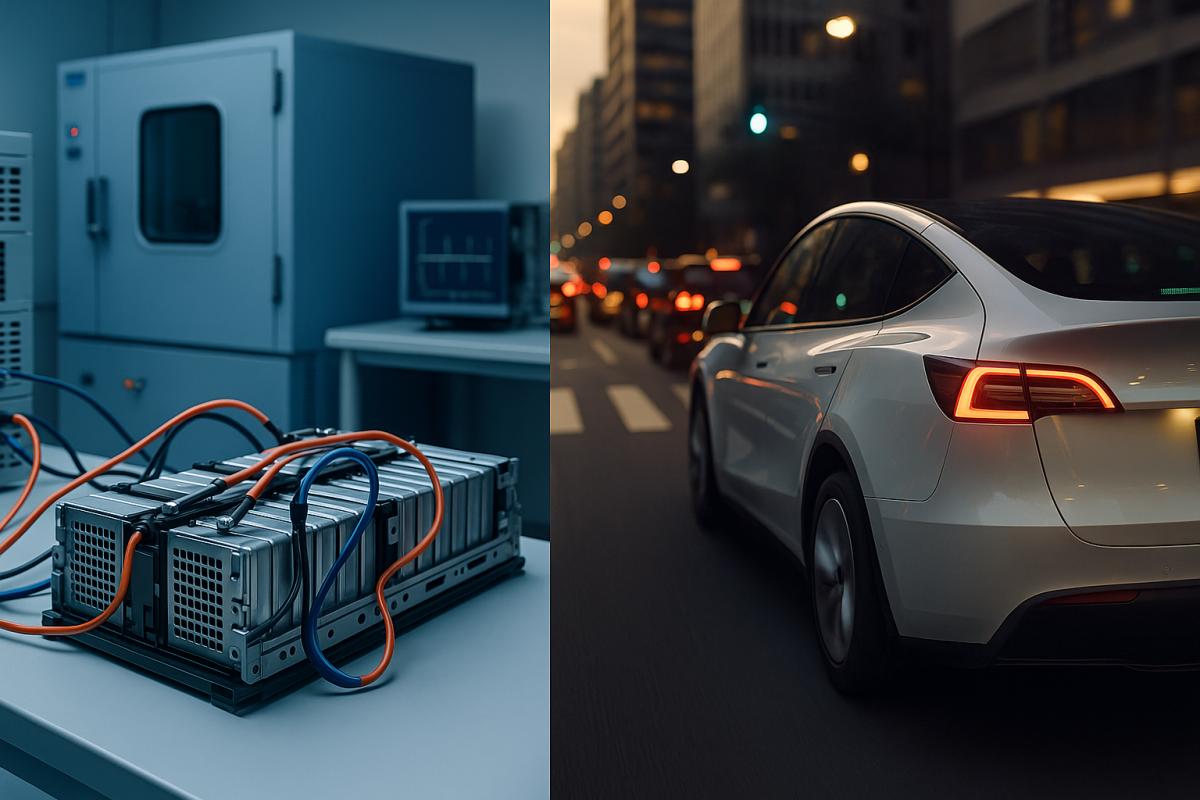
What This Means for Total Cost of Ownership
This changes the calculus for total cost of ownership and resale value. Major brands already back their packs for years. Tesla covers eight years with model-specific mileage caps and a 70% capacity floor, while Hyundai’s EV battery warranty runs ten years/100,000 miles with a similar minimum-capacity guarantee. If real-world cycling adds a 38% life bump, most drivers will age out of the warranty by time, not by capacity loss. The practical takeaway: keep driving like you live, and focus on the easy wins below.
Basic Battery Care Still Matters
Heat and extreme state-of-charge are the real enemies. Daily charging to about 80–90%, avoiding long sits at 100% or near empty, and letting the car manage pack temperature before and during DC fast charging will keep things happy. Plan road-trip fast charges so you roll soon after you hit your target. Between trips, parking at moderate charge is your friend.
What Cross-Shoppers Should Focus On
Cross-shoppers looking at a compact family EV—think Model Y Long Range versus Hyundai Ioniq 5—get packs with active thermal management and smart software. With dynamic cycling on their side, both age gracefully in daily use. The difference comes down to packaging, charge curve, and local pricing—not fear of the battery “dying young.”

